
At the start of each year, the annual GreenBiz conference serves as an opportunity to set resolutions for the environmental work we plan to do in the year ahead. Some of the brightest minds from all sectors (including many students and young climate professionals) gather at GreenBiz to stand behind this effort and in doing so, share discoveries, developments and trends related to climate.
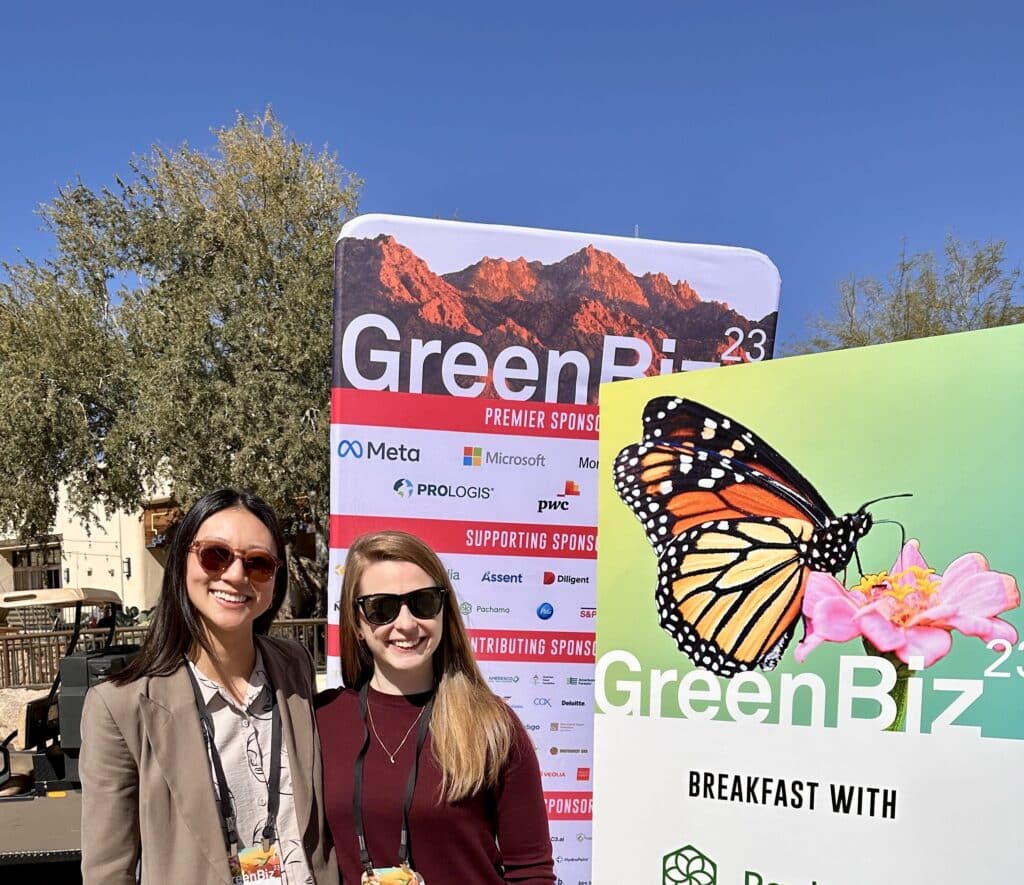
Karlina Wu and Elizabeth Geller, members of 3Degrees’ Energy and Climate Practice team, at GreenBiz.
My colleagues and I from 3Degrees enjoyed meeting sustainability leaders from all over the country and were encouraged to see a diverse range of speakers representing different genders, ages, as well as ethnic and racial backgrounds at the conference. Hearing from a diverse range of voices on topics that impact how we mitigate climate change, including climate justice, is a critical step in aligning the overarching corporate community to keep global warming below the 1.5 degree Celsius target. Overall, the conference felt like an opportunity to build momentum that I hope to carry throughout the year. In this blog, I will share my top takeaways from the conference that touch on:
- Supplier engagement strategies
- Disclosure vs. action considerations
- Climate tech software opportunities
Carrots Fare Better Than Sticks in Supplier Engagement
When it comes to addressing scope 3 value chain emissions, collecting supplier-specific emissions data is preferred. This primary data provides the right amount of granularity and is typically the most accurate. To gather the necessary information from suppliers, an effective supplier engagement plan is essential to the overall emissions reduction strategy. At GreenBiz, we noted a cross-industry trend that engaging with suppliers using incentives has been yielding the best results.
Negative repercussions for non-performance can lead to a feeling of ‘compliance fatigue’, a term I heard a few times at GreenBiz referring to laggard behavior that arises when the compliance stick is applied too much. Most organizations are taking the positive reinforcement or ‘carrot approach’ by extending rewards for encouraged actions. For example, public recognition for suppliers that set actionable climate goals or offering expertise and support to suppliers who are beyond the curve.
Members from the sustainability teams of a major American clothing brand and a multinational fast food chain shared that incentives tend to be more successful for supplier action. The teams use preferential rates and favorable financing to reward their suppliers that demonstrate performance on sustainability metrics and to encourage continued exceptional behavior. We also learned about a new incentivization tactic at GreenBiz — the use of credit. For instance, a building materials company partners with its bank to provide loans to customers that purchase low-carbon cement.
We also heard multiple anecdotal testimonies from suppliers, a construction equipment provider and a third-party warehouser, who are planning to offer lower carbon products / services to their entire customer base after a key customer provided a long-term commitment to justify their initial investment. Regardless of the perk, receiving extra credit for going beyond the minimal requirement encourages deeper emissions reductions work.
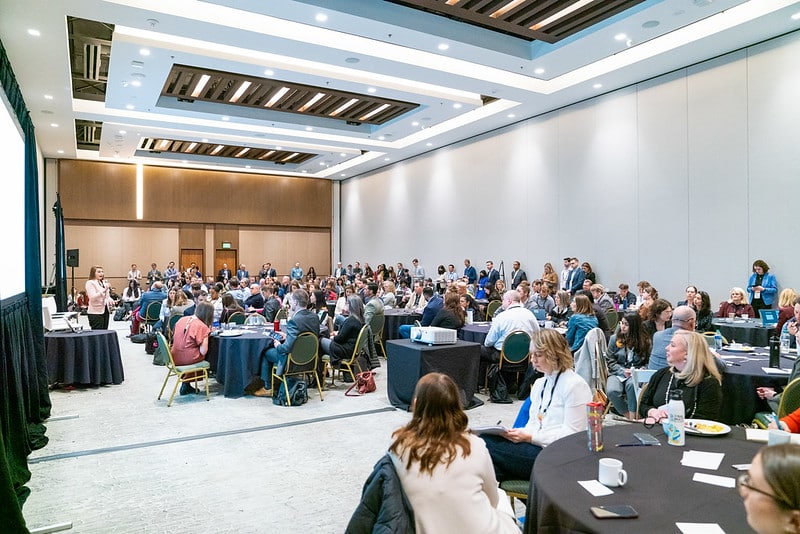
Nearly 200 attendees packed into the room for the 3Degrees-hosted workshop titled “Bringing Scope 3 Emissions into Focus.”
Tension Between Action and Disclosure
While many of the GreenBiz sessions focused on emission reduction action, particularly within scope 3, few speakers could get through their sessions without mentioning the proposed U.S. Securities and Exchange Commissions (SEC) rule that could require publicly-listed companies to disclose their greenhouse gas (GHG) emissions. As it stands, the proposed SEC rule would require disclosure of scope 1 and 2 emissions, as well as scope 3 emissions if they are material to the organization or if the organization has a target covering scope 3 emissions. Many speakers and attendees acknowledged the SEC’s proposed ruling as a positive move towards industry transparency and accountability, but at the same time, it creates a strain on sustainability teams’ resources who are balancing both disclosure and emission reduction action.
Multiple corporate organizations revealed that they already spend six months of every year on emissions accounting and disclosure. This left us to wonder if the time spent on accounting and disclosure is detracting from the time spent taking action to reduce emissions and if there should be more acceptance for ‘messy-yet-quantifiable’ data to start with.
For now, the answer to the later half of that question seems to be yes. During our scope 3 discussion panel, there was resounding recognition that scope 3 emissions accounting is a “high level directional guesstimate” intended to direct reporting organizations towards their most impactful emission reduction areas. The answer to the former part of our question depends on the organization, and it is clearly being tackled by a number of climate tech companies aiming to reduce time spent on emissions accounting and disclosure through streamlined software tools.

The half-day interactive workshop was a deep dive on the use of climate tech for scope 3 accounting and reduction.
Taking Advantage of Climate Tech Platforms
In her half-day scope 3 roundtable session, my colleague Karlina Wu discussed how organizations are leveraging climate tech software for streamlined emissions accounting and disclosure. Climate technology is becoming increasingly prevalent as the need for credible data intensifies, driven not only by the proposed SEC ruling but also pressure from investors, customers, and other stakeholders. These platforms offer GHG emissions accounting, tracking, reporting and analytics functionality, supplier data gathering, risk identification, and enterprise ESG compliance. In addition to their streamlined nature, the auditability of data is another key reason why organizations consider software solutions.
At GreenBiz, we heard from numerous organizations that they are interested in these software tools but don’t know where to start. Many factors play into selecting technology for climate work, all related to the existing GHG inventory process. Organizations should consider the sources of data already being collected, the type of disclosure required to date, the climate goals that have been set, and their current supplier engagement strategy. For more insight into selecting and implementing climate tech, get in touch.

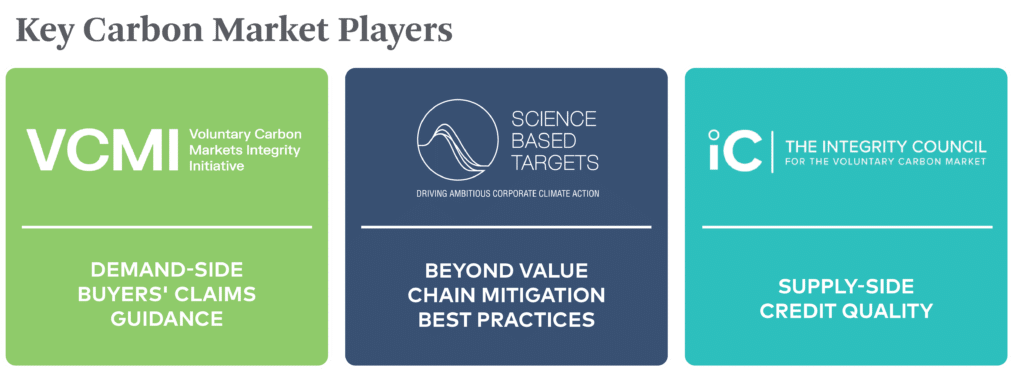
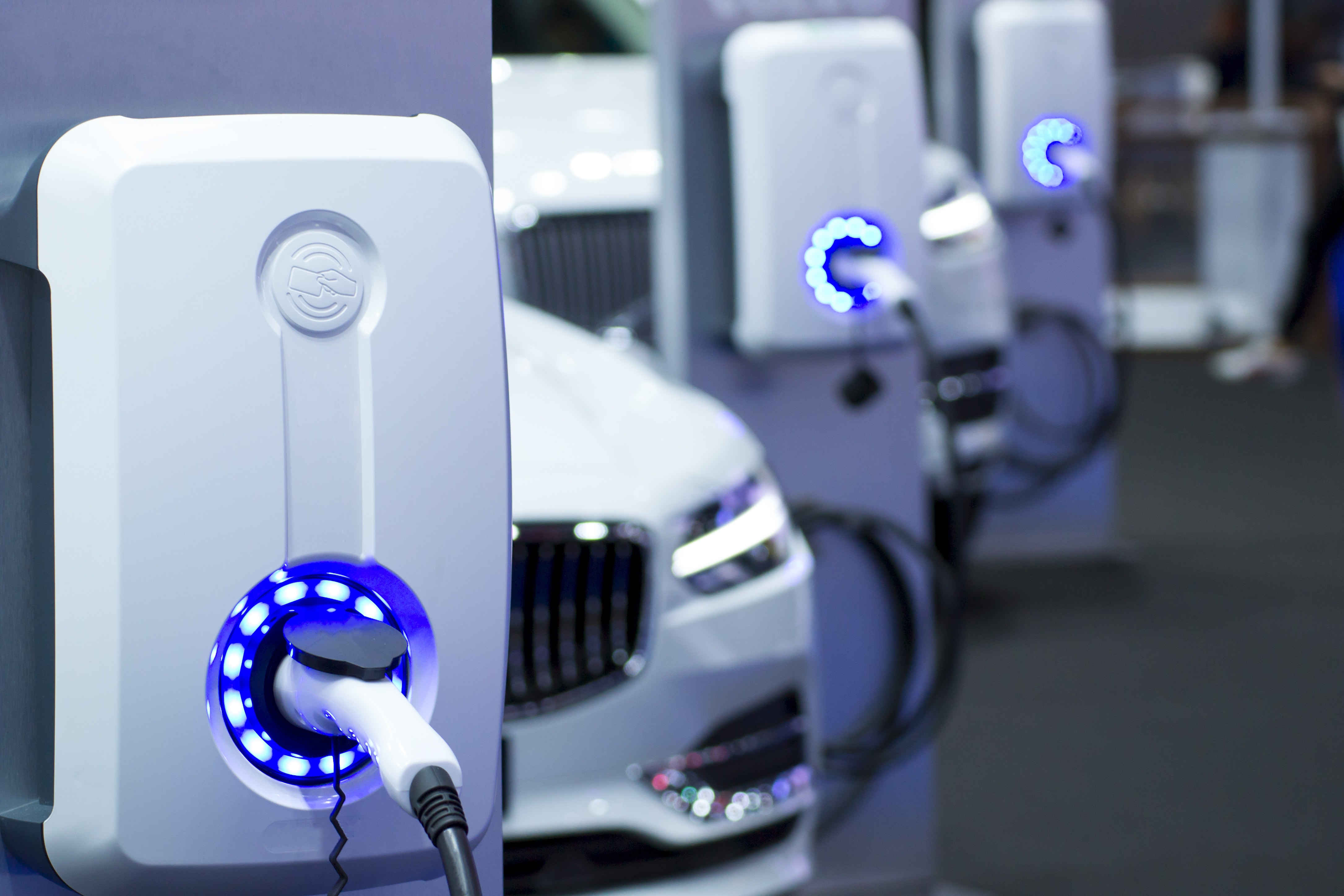


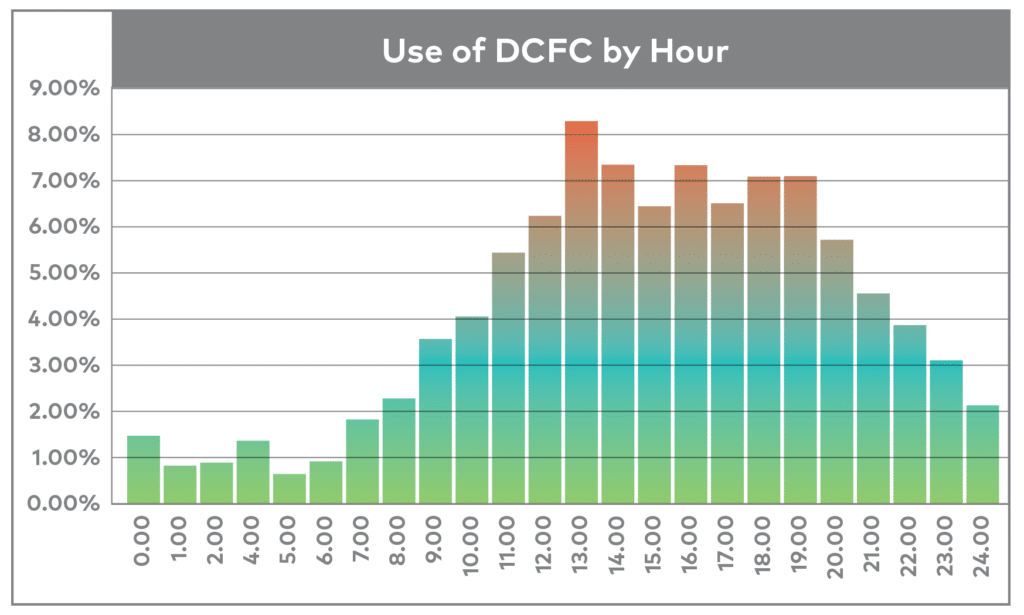

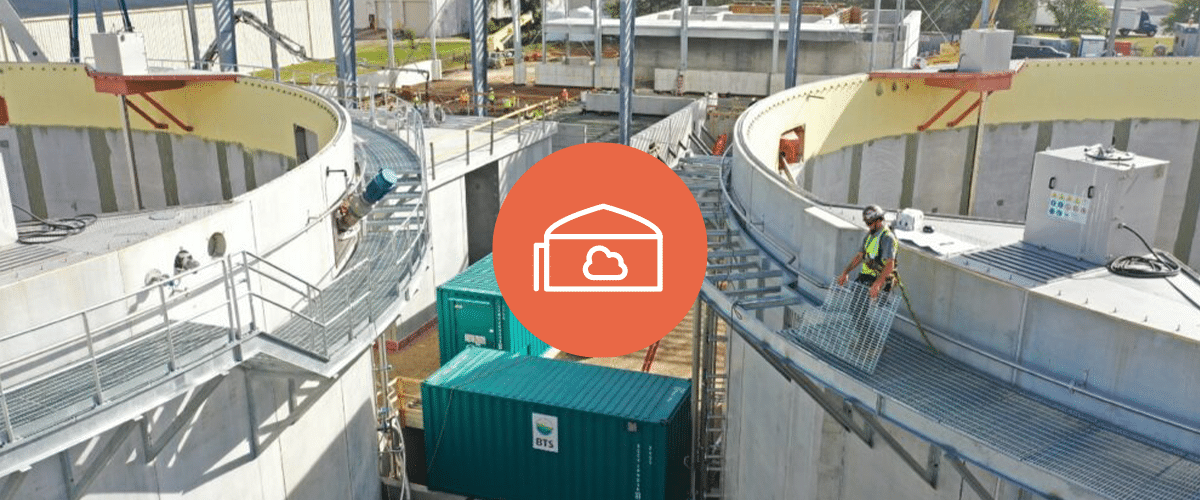


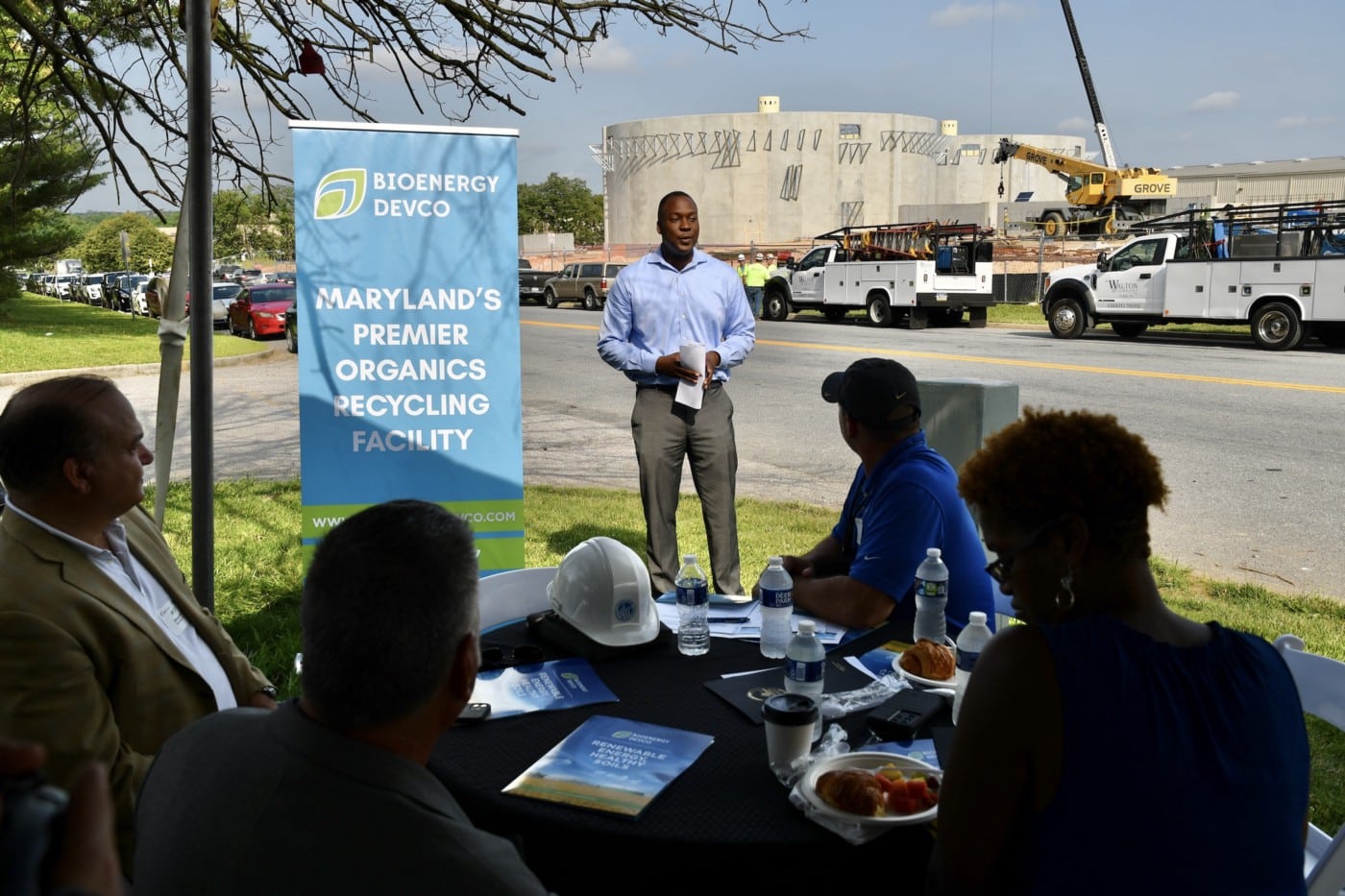
Recent Comments